Defending The Star Wars Prequels: They're Actually Good
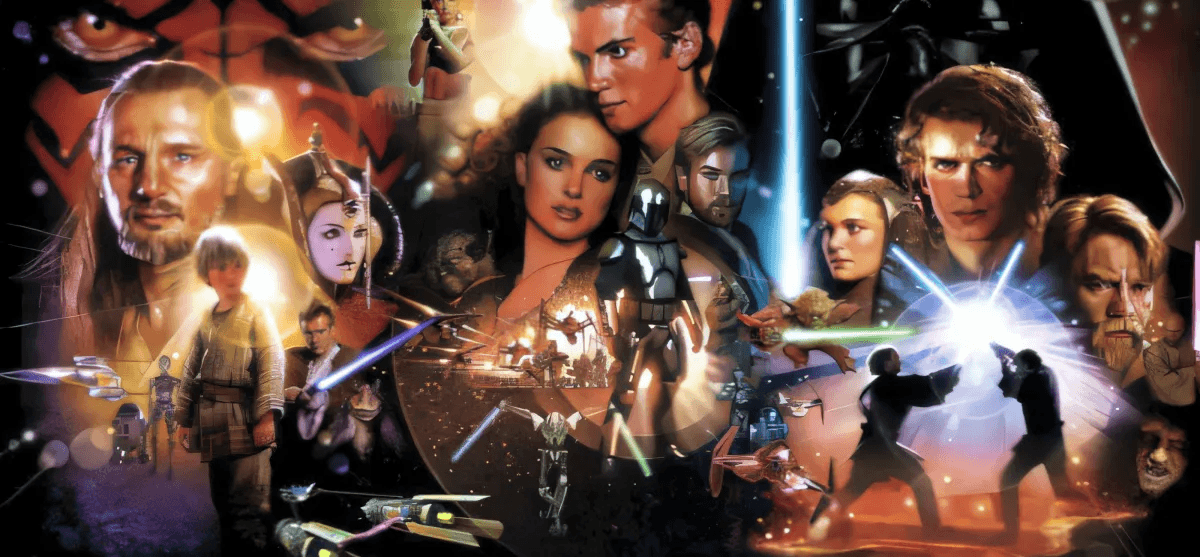
Arguably now a cold topic, but the Star Wars prequel movies received a lot of hate upon release and are still scorned by original trilogy fans today. I'd like to argue the case for why the Prequels are actually pretty good, well worth a revisit, and hopefully change some mindsets.
When 'Star Wars Episode 1: The Phantom Menace' was released back in 1999, it was met with polarising acclaim from fans. While some felt that it was a breath of fresh air for the franchise to show the origins of Darth Vader, many fans of the original trilogy loathed it for simply daring to challenge or continue ingrained nostalgic lore.
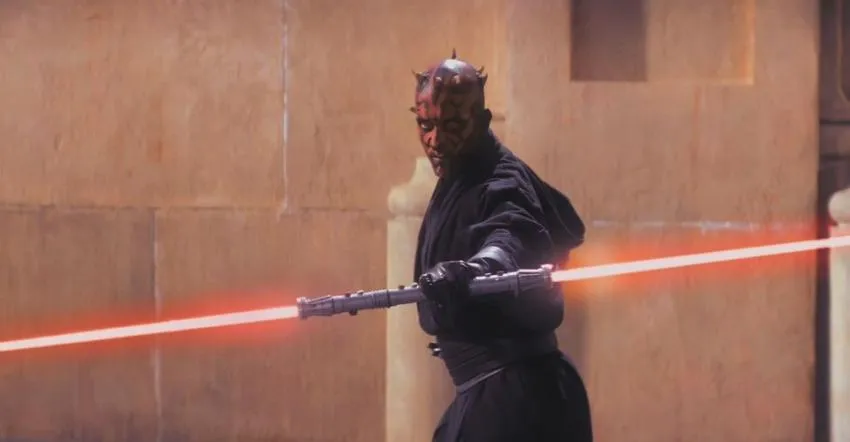
Ewan Mcgregor plays a younger, more energetic Obi-Wan Kenobi, a 'padawan' to his Jedi master, Qui Gon Jinn, played by Liam Neeson. Embroiled in their bodyguard duties for the young Queen Amidala of Naboo (Natalie Portman), the two Jedi become stranded on the planet of Tatooine and enlist the aid of young Anakin Skywalker to earn their passage of the desert planet.
The special effects are much sharper in the Prequels, which aren't necessarily everything but certainly help visually. We are introduced to arguably the coolest Sith apprentice ever in Darth Maul: a horned, acrobatic Dathomirian. Conductor John Williams' 'Duel of the Fates' playing in the background as Maul reveals his double-ended red lightsabre is a fantastic moment for the entire franchise.
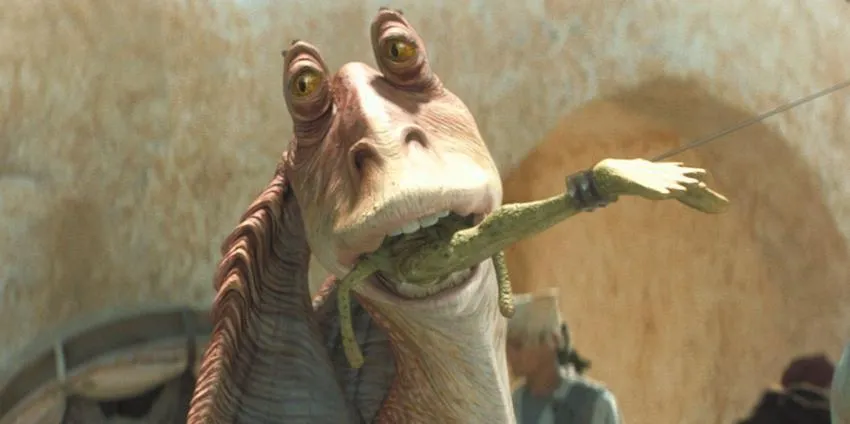
Okay, so: time to address the Gungan in the room. Jar-Jar Binks. The clumsy, appalling excuse for comic relief is a justifiable reason to dislike 'The Phantom Menace', and is probably the reason why fans dislike the prequels in general. His character slurs an otherwise grand trilogy.
His character is an integral link to recruiting the Gungan race into the droid battle at the end of 'The Phantom Menace', but it's hard to forget about him to enjoy the main story. Cleverly, and possibly in response to his poor reception, his presence is pretty low-key in Episodes 2 and 3. Seemingly all other Star Wars canon tries to forget he ever existed, as the Gungan race, in general, doesn't feature very much in other media.
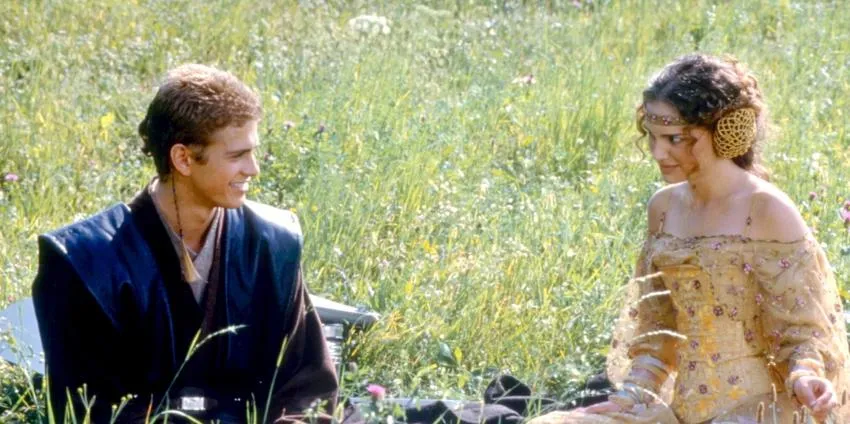
Episode 2, 'Attack of the Clones', deals with the secret clone army being built by a former Jedi, as an older and wiser bearded Obi-Wan Kenobi investigates. These are the future 'storm-troopers' that we know from the originals. An older, more tempestuous Anakin Skywalker is conflicted by his love of his paramour Padme, and his fear of losing her and his mother. These are the beginnings of his attraction to the Dark Side.
‘Attack of the Clones’, while admittedly very cheesy in places with its blossoming romance, is very watchable for its ability to answer the question "where did the Empire's army come from?" It answers the question of how the Empire was able to gain such secret strength to overthrow the High Republic and the Jedi Order in the future.
The only unlikeable factors really are the cheesy, out-of-context romance scenes, (which were also present in the originals with the borderline sex-pest talk of Han Solo) and the casting of Hayden Christiansen. Although he played the angsty teenager well, I think people expected the young Darth Vader to have James Earl-Jones' voice and powerful demeanour right from the get-go.
Granted: teenage Anakin is quite bratty and moody, but the thing to keep in mind is that it is an origin story and that no one is born inherently evil. This movie merely tries to show the gradual decline of his fall from grace.
'Attack of the Clones' has a great Jedi battle at its' conclusion on the planet Geonosis, only punctured by more cringy comic relief from C3-P0, whom hardcore fans overlook as also being incredibly annoying in the originals. Any ‘Star Wars’ fan has to accept eye-rolling attempts at humour no matter which trilogy you prefer.
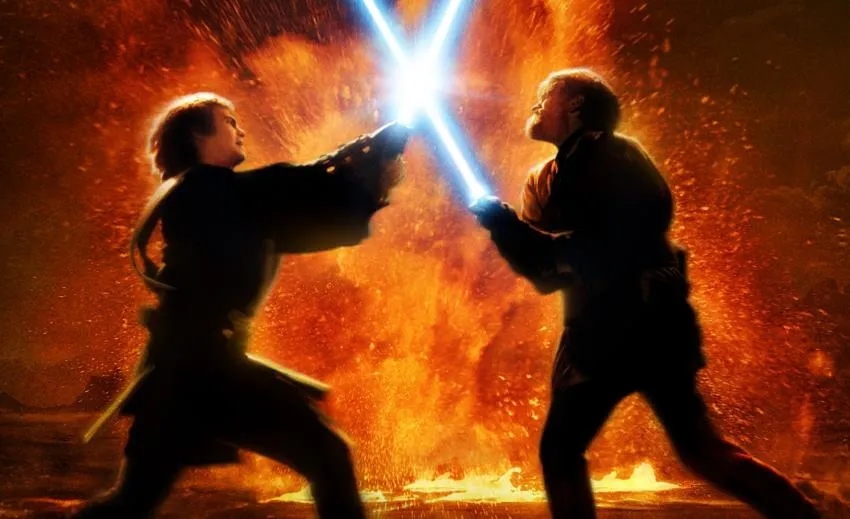
Episode 3, “The Revenge of the Sith” may perhaps be my favourite ‘Star Wars’ movie. Here we see the true descent of Anakin’s fear and rage, twisted and bent into becoming murderous hate. Feelings only nurtured and abetted by Chancellor Palpatine, with whom he begins to bond and learn of his shadowy knowledge of the Dark Side. The entire galaxy falls into chaos, war, and rebellion from the weight of his decisions.
The Council is overthrown, conspiracies unmasked, the Jedi Order fallen and scattered, and the evil Empire rises. Anakin’s actions result in the death of his beloved Padme: a fate he was ironically trying to prevent in the first place. Their children, Luke and Leia, are separated at birth, and the stage is fully set for ‘A New Hope’, with an enriched background story that makes the originals even more immersive.
The ‘Star Wars’ prequels deserve far more praise and recognition from narrow-minded fans of the originals, especially when the originals are just as flawed and nuanced as both trilogies that followed them. I think what is considered the most boring element original fans dislike is that the story introduces the political disputes and bubbling undercurrents of separatism that causes the titular 'wars'. Cold spoiler alert: Chancellor Palpatine is none other than Sith leader Darth Sidious!
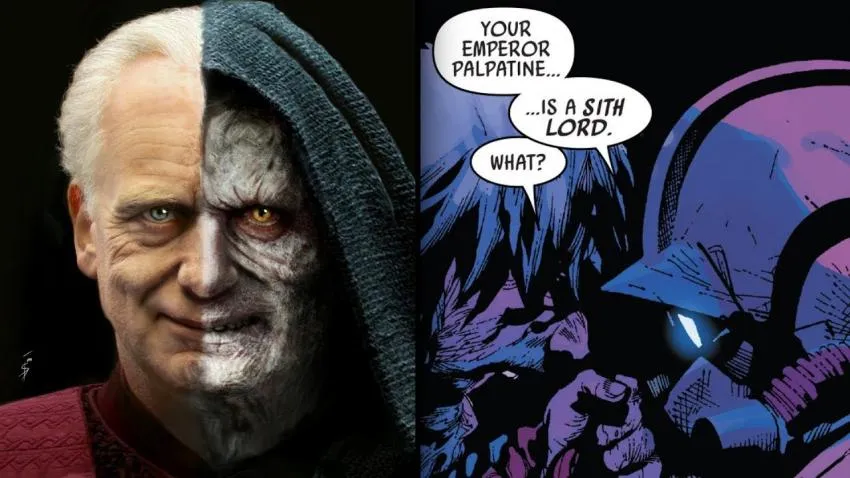
The subplot of the trilogy, and by far the most interesting, is Palpatines' steady rise to power, not dissimilar to that of Adolf Hitler. He too was a great public speaker and motivator, and gradually shifted the mindset and climate to his way of thinking. Darth Sidious created problems in galactic government that his unmasked face, Palpatine, would be able to solve.
This only propelled Palpatine’s career into higher power, which aided his Sith loyalties when it was time to corrupt them into defeating the Jedi, and ruling the galaxy, with his famous command: “Execute Order 66”. Palpatines' aggressive stances at committees gain traction from the people and make it so that he is seemingly the only man for the job.
He ironically (and cleverly) uses democracy to usher in his own era of dictatorship and tyranny. It's a very clever side plot that shows the beginnings of the new Empire, and perfectly sets up the climate first seen in 'A New Hope'.
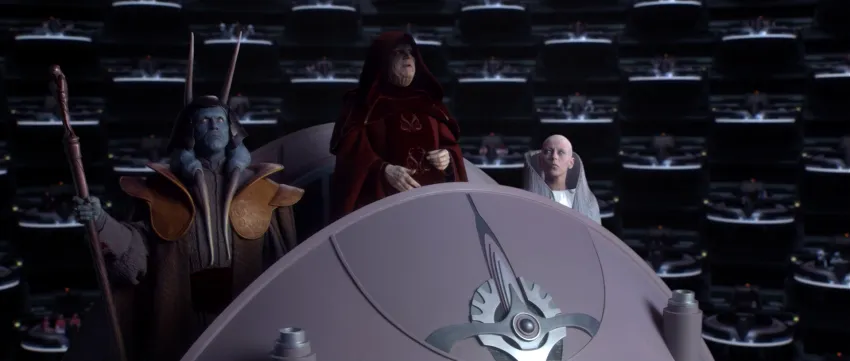
In conclusion, if stubborn minded hardcore fans of the originals could overlook their blind hate, and watch the prequels with an open mind, (very open when it comes to Jar-Jar Binks) and take off those rose-tinted glasses of nostalgia, they would find that they are actually quite enjoyable, very well written, and slot perfectly into the canon. Now if only I could do the same with the sequel trilogy...
Opinions and Perspectives
I actually enjoy the political aspects. They make the conflict more meaningful
I never thought about the Hitler parallel with Palpatine before. That's fascinating
I appreciate how the article acknowledges the flaws while defending the overall quality
The prequels did a great job showing the Jedi Order's arrogance and failures
The special effects actually hold up better than the original trilogy's updates
Count Dooku was severely underused. Christopher Lee deserved more screen time
I never understood the hate for Jake Lloyd's performance. He was just a kid
The Battle of Geonosis is one of the best large-scale battles in any Star Wars film
I disagree about Jar Jar being the only problem. The wooden acting is throughout all three films
I love how the article points out the flaws in the original trilogy too. They weren't perfect either
Totally agree about the political subplot being fascinating. It shows how democracies can fall
The senate scenes everyone complains about actually make the story more complex and meaningful
General Grievous was such a wasted character though. He could have been so much more
Interesting perspective but I still think the original trilogy is superior in almost every way
The worldbuilding in the prequels really expanded the Star Wars universe in interesting ways
Actually agree about Episode 3 being possibly the best Star Wars film. The ending is just devastating
Sorry but the romance scenes between Anakin and Padme are just painful to watch
The podrace sequence is still incredible. I remember being blown away seeing it in theaters
I watched these again recently with my kids and was surprised by how much I enjoyed them this time around
While I agree the effects are better, the original trilogy had way more heart and soul
The article makes a great point about Palpatine's rise to power paralleling historical dictators. Never thought about it that way before
I actually think Hayden Christensen did a great job showing Anakin's descent to the dark side. His internal struggle feels very real
Sorry but I can't get past Jar Jar. He single-handedly ruins Episode 1 for me
The lightsaber choreography in the prequels is absolutely incredible. That Darth Maul fight scene still gives me chills
I've always felt the prequels were unfairly criticized. The worldbuilding and political intrigue in them is actually fascinating
